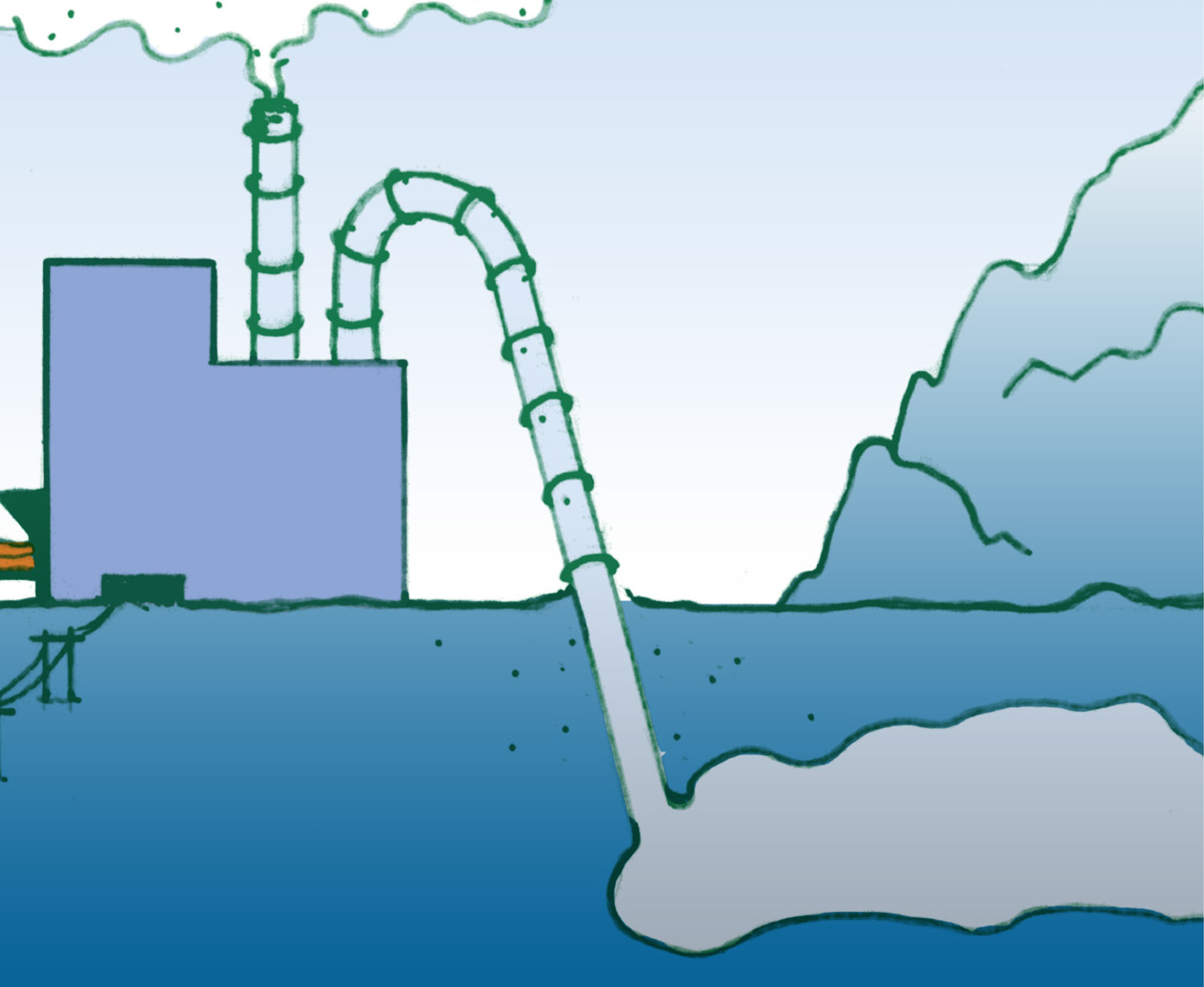Overview
Carbon Capture and Storage (CCS) was originally developed by the oil industry to recover difficult-to-access deep oil reserves, and was therefore called Enhanced Oil Recovery (EOR) technique. It involves pumping pressurized CO2 into oil reservoirs to extract remaining deposits from aging oil fields as well as recovering otherwise inaccessible oil, significantly boosting production. It has been available to use for more than 45 years, particularly in the United States, but it hasn’t been used extensively because of high costs. Renamed as Carbon Capture and Storage (CCS) it is now proposed as a carbon dioxide removal (CDR) technology that aims to capture and bury CO2 emitted by fossil-fuel combustion, cement and steel production, refining and some other industrial processes. The captured CO2 is compressed into a liquid form and transported by pipeline to a site where it can be pumped underground into geological formations, such as oil or gas reservoirs, saline aquifers, or below the seabed – theoretically for long-term storage. Post-combustion technology, a method to remove CO2 from the exhaust gas after the combustion process, is the most commonly proposed option. All CO2 removal approaches involve a substance able to act as a selective CO2 filter: CO2 dissolves in or sticks to a filter. The most frequent type are liquid solvents. Further filter options include solid sorbents and membranes. However, to allow their repetitive use, the filters must be able to release the captured CO2. This regeneration process typically requires high temperature, which in turn requires high energy inputs and impairs the efficiency on the facility where it is used. To power CO2 capture, transport and storage, the consumption of fossil fuels increases by up to 40 percent, making it a costly process energetically as well as financially. The highest share is held by the CO2 capture process, causing an increase by up to 30 percent. This means that for a coal-fired power station, even more coal would need to be mined and burned in order to produce the same amount of energy with CCS. 1 The International Energy Agency’s (IEA) CCS Unit now describes “Advanced EOR+” as a way to “‘co-exploit’ two business activities”: oil recovery and CO2 storage for profit. 2 The CCS process leads to the extraction and combustion of more fossil fuels, carries significant environmental risks, such as CO2 escaping through leaks, is costly and technologically challenging, therefore it is now presented as a “climate technology”, to capture climate funds. The “capture” and gas compression phases in particular account for as much as 90% of the total monetary cost of CCS.





1 thought on “Carbon Capture and Storage (Technology Briefing)”
Comments are closed.